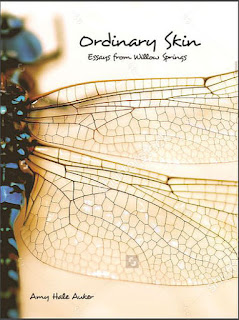Don’t Touch the Snow: Greeting the New Year with Willa Cather and My Antonia

A few years ago, during a progressive dinner in our mountain community, a neighbor who had moved to town said to me, “At our daughter’s new school, the kids aren’t allowed to touch the snow.” I nearly choked on my tomato tart. Willa Cather would have turned over in her grave. Can a child who has never crunched a snowball between reddened palms, or run barefoot through knee-high grass, or climbed into the arms of a waiting tree, ever feel they belong to this great gorgeous and gritty earth? How else can a child come to know simple happiness? Happiness, young Jim Burden contemplates in Willa Cather’s novel My Ántonia , comes from being “dissolved into something complete and great.” He was laying under the sun “like a pumpkin” when he was thinking this profound thought, and he had no desire (just then) to be anything more than a pumpkin. Orphaned at the age of ten, Jim crossed the plains of Nebraska by wagon, arriving at his grandfather’s farm before daybreak. But wh...

